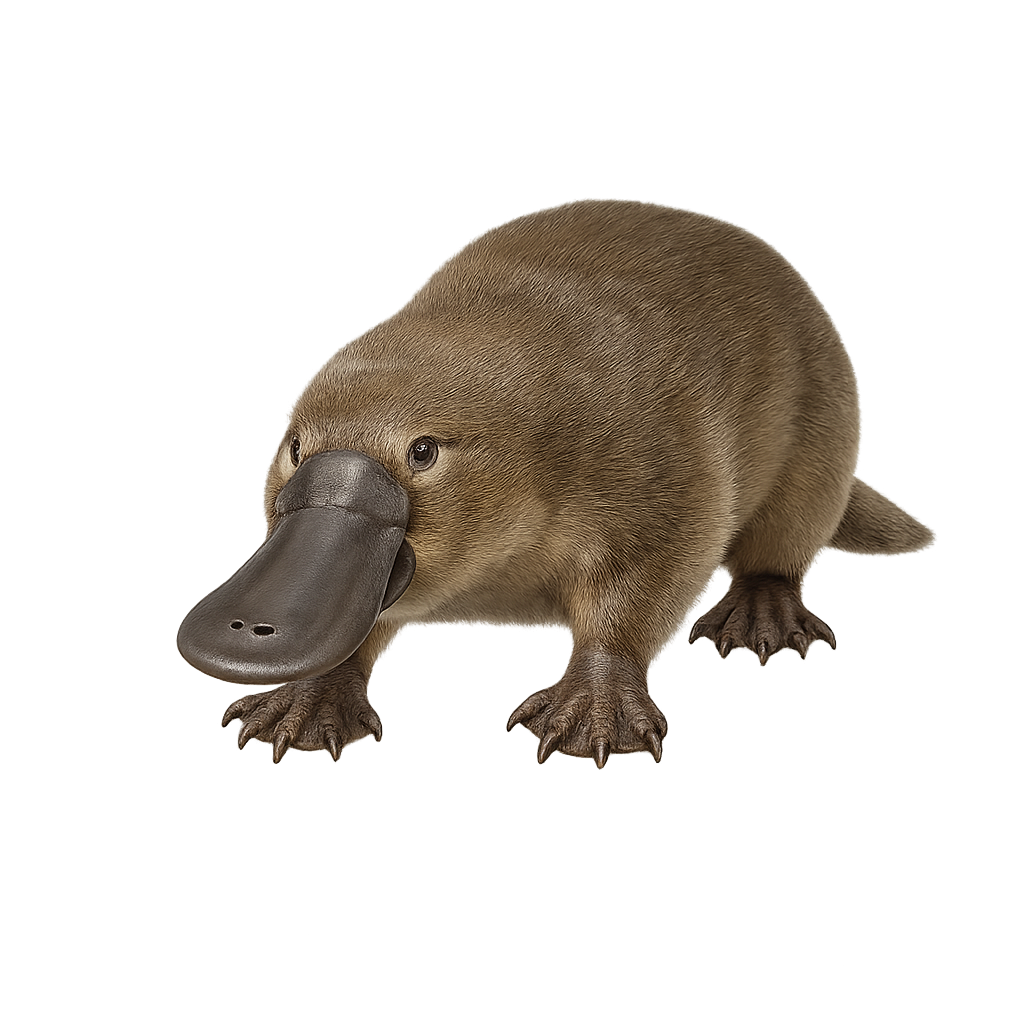Observe and photograph a species in its natural habitat
Learn where and when to observe a species in the wild, how to recognize it in the field, and what habitats it lives in. Get photography tips adapted to its behavior and capture stunning images without disturbing the animal. For full details, open the complete profile in the WildlifePhotographer app.
Platypus
Scientific name: Ornithorhynchus anatinus

IUCN Status: Least Concern
Family: ORNITHORYNCHIDAE
Group: Aquatic mammals
Shyness: Suspicious
Safe distance: 10 m
Breeding season / Courtship: 01.06-31.08
Gestation: 10 à 14 jours
Births: 01.08-31.10
Habitat:
Rivers, lakes, swamps, and wetlands of Australia and Tasmania
Description:
The Platypus is a unique aquatic mammal native to Australia and Tasmania. It measures between 40 and 60 cm in length and weighs around 1 to 2.5 kg. This animal is particularly remarkable due to its appearance, which combines characteristics of different animals: it has a flat bill similar to a duck's, webbed feet adapted for swimming, and a flat tail. The Platypus is a carnivore, primarily feeding on small aquatic invertebrates, worms, and crustaceans. It lives in rivers and lakes, spending much of its time diving underwater in search of food. Although it is an excellent swimmer, the Platypus is also capable of moving quickly on land. This species is listed as "near threatened" due to habitat loss and water pollution.
Recommended lens:
>=100 mm
Photography tips:
Photographing the platypus requires great discretion, as this animal is shy and nocturnal. A macro or telephoto lens will allow you to capture its movements in the water or its unique features, such as its duck-shaped bill. Take photos early in the morning or late in the day, when the animal is active. Be patient and avoid disturbing them.
Ready to take action?
Choose your platform and start your free trial today



